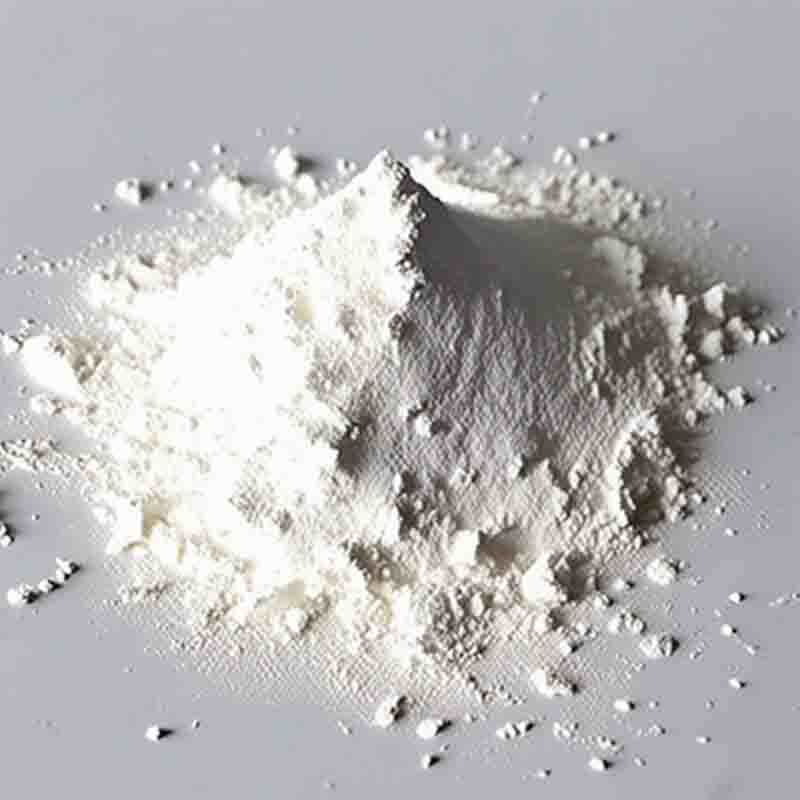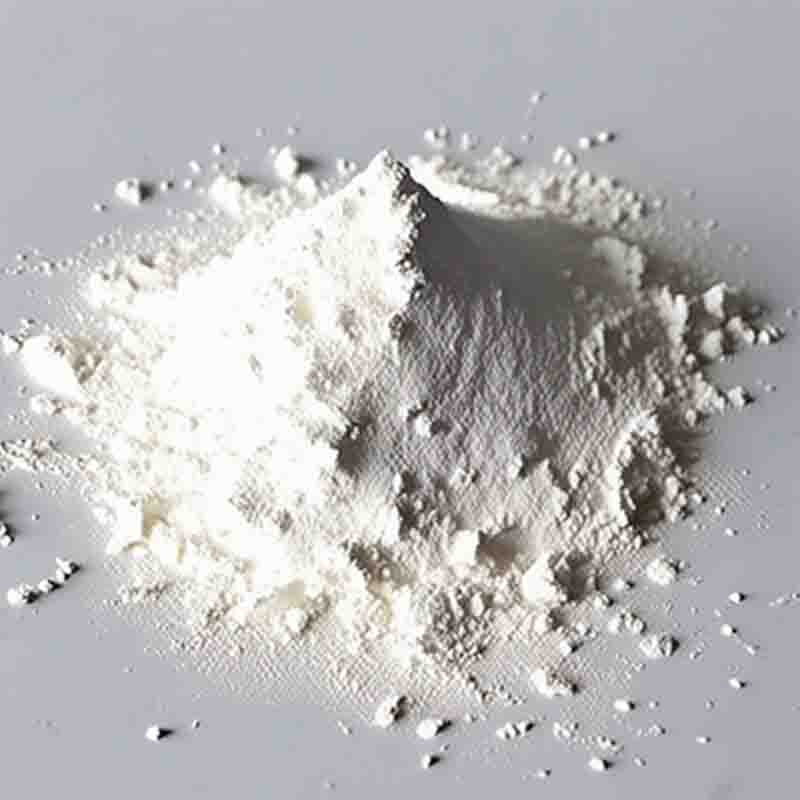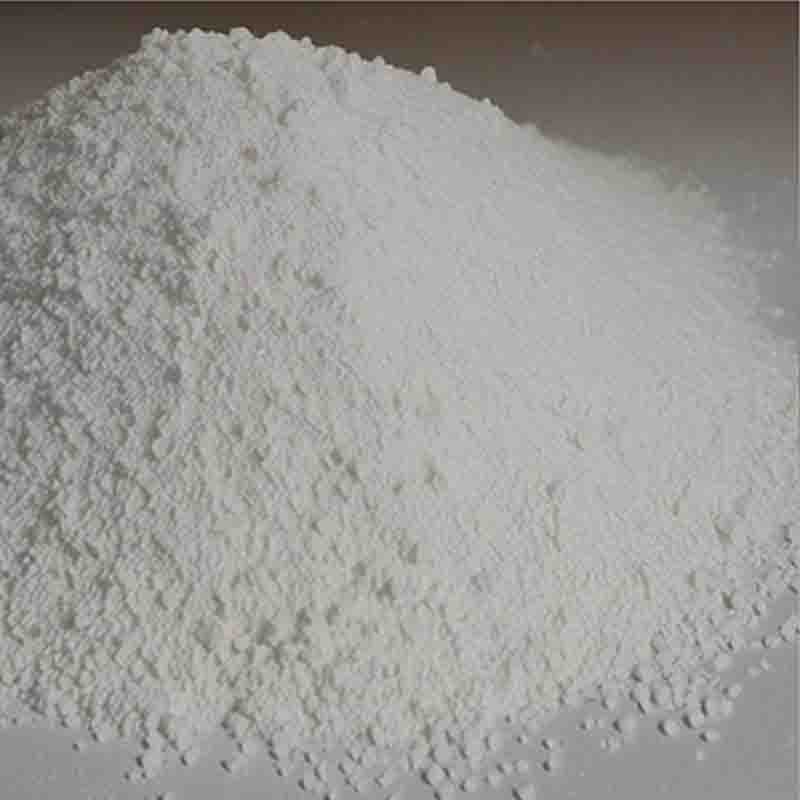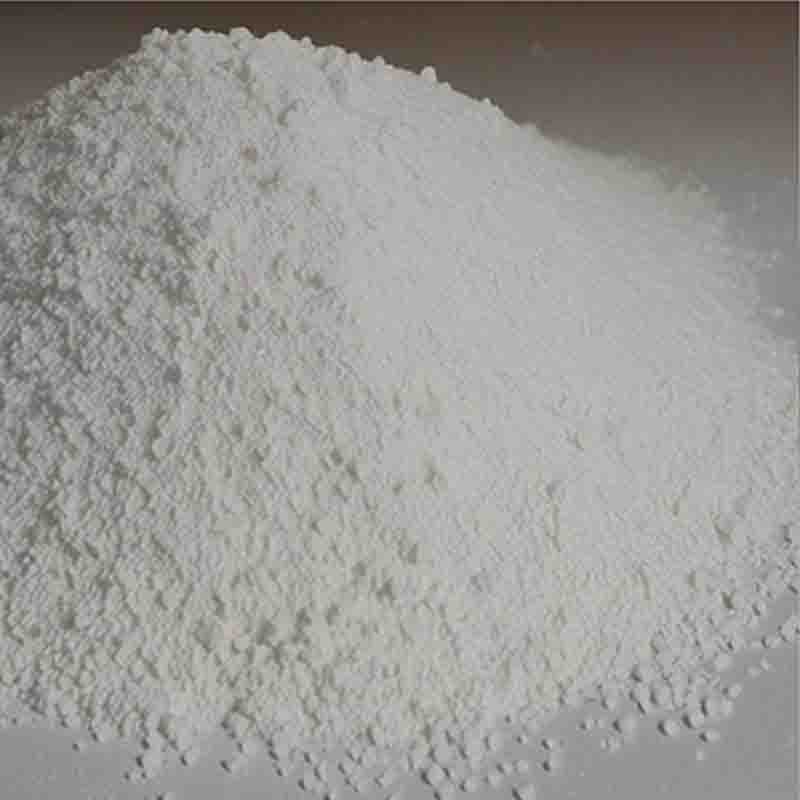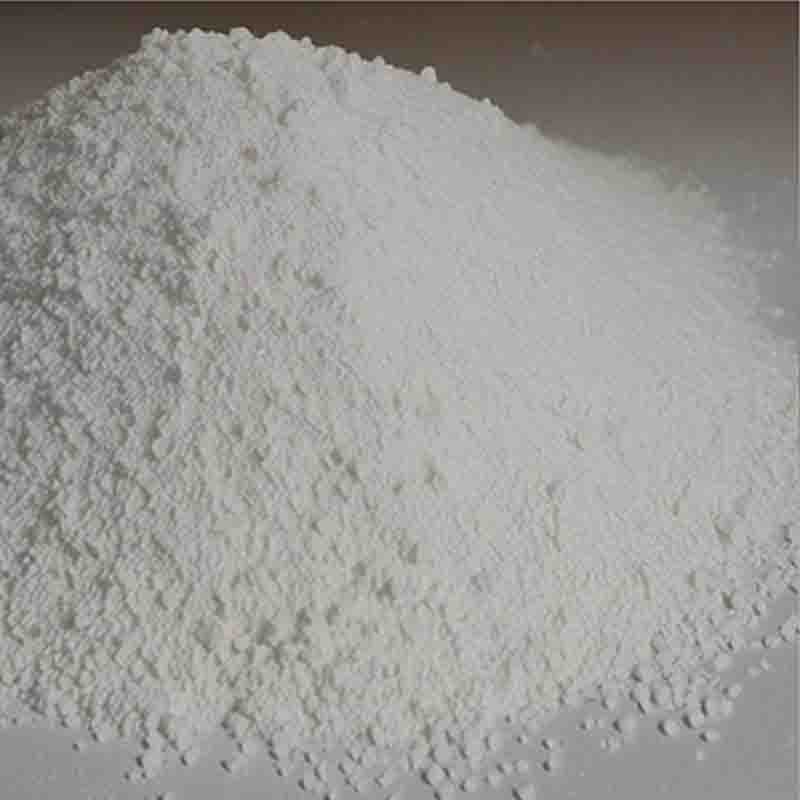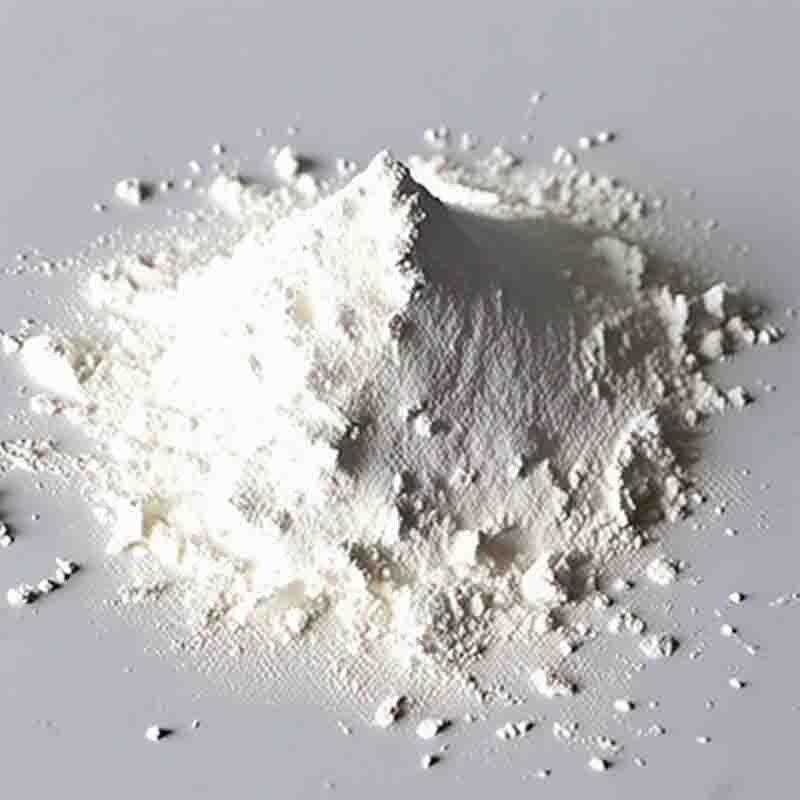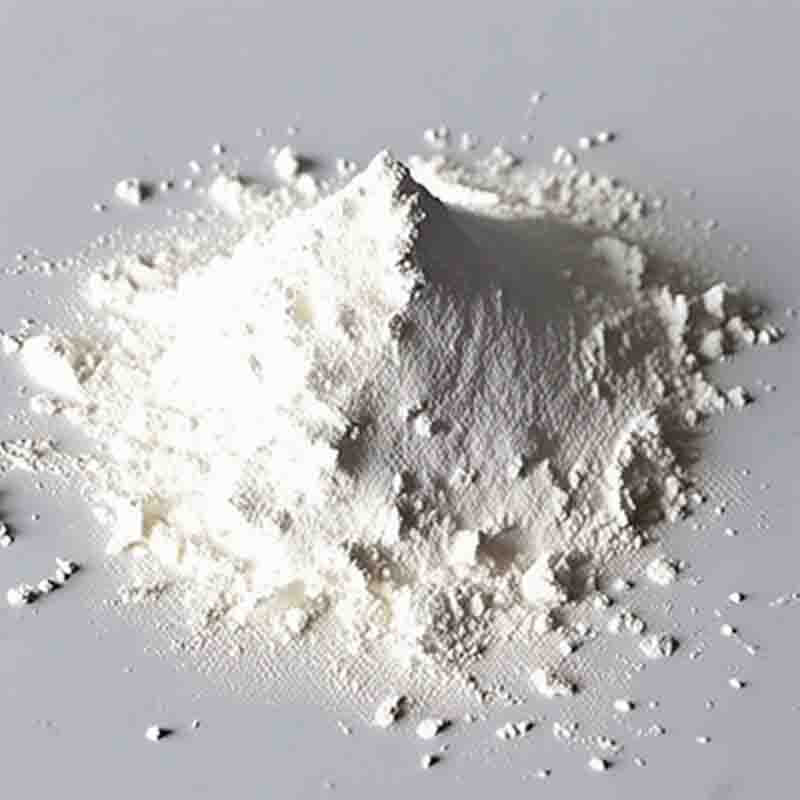4-(trifluoromethoxy)chlorobenzene CAS:461-81-4
| Catalog Number | XD96197 |
| Product Name | 4-(trifluoromethoxy)chlorobenzene |
| CAS | 461-81-4 |
| Molecular Formula | C7H4ClF3O |
| Molecular Weight | 196.55 |
| Storage Details | Ambient |
Product Specification
| Appearance | White powder |
| Assay | 99% min |
4-(trifluoromethoxy)chlorobenzene is a chemical compound with the formula C6H4ClOCF3. It contains a chloro group (Cl) and a trifluoromethoxy group (-OCF3) attached to a benzene ring. This compound has several notable effects and applications in various fields.One significant effect of 4-(trifluoromethoxy)chlorobenzene is its potential as a synthetic intermediate in organic chemistry. The presence of both the chloro and trifluoromethoxy groups provides an opportunity for diverse chemical reactions and transformations. These groups can participate in substitution, elimination, or coupling reactions, allowing researchers to introduce new functional groups or modify existing ones. This versatility makes 4-(trifluoromethoxy)chlorobenzene valuable in the synthesis of pharmaceuticals, agrochemicals, and other fine chemicals.The trifluoromethoxy group in 4-(trifluoromethoxy)chlorobenzene strongly influences its physicochemical properties. This group is electron-withdrawing, which enhances the reactivity of the compound. It can facilitate the formation of covalent bonds and participate in various interactions, such as hydrogen bonding or π-stacking. This property makes 4-(trifluoromethoxy)chlorobenzene an ideal candidate for drug discovery and design as it can influence pharmacokinetic properties, potency, or target selectivity.Moreover, the trifluoromethoxy group can significantly affect the compound's lipophilicity, solubility, and membrane permeability. These properties are crucial in drug development and formulations since they influence the compound's ability to reach its target site in the body. The presence of the trifluoromethoxy group in 4-(trifluoromethoxy)chlorobenzene can enhance its bioavailability and improve its absorption, distribution, metabolism, and excretion (ADME) properties.Additionally, the trifluoromethoxy group contributes to the compound's physical properties. It increases the compound's electron density, leading to altered thermal, optical, and electronic characteristics. This effect can be utilized in the development of materials with unique properties, such as dyes, pigments, or semiconductors.In summary, 4-(trifluoromethoxy)chlorobenzene exhibits various effects and applications due to the presence of its chloro and trifluoromethoxy groups. Its reactivity, pharmacokinetic properties, and influence on physical characteristics make it valuable in synthetic organic chemistry, drug discovery, materials science, and other related fields. Researchers utilize this compound as a building block to create new molecules or modify existing ones, leading to the development of innovative drugs, materials, and technologies.


